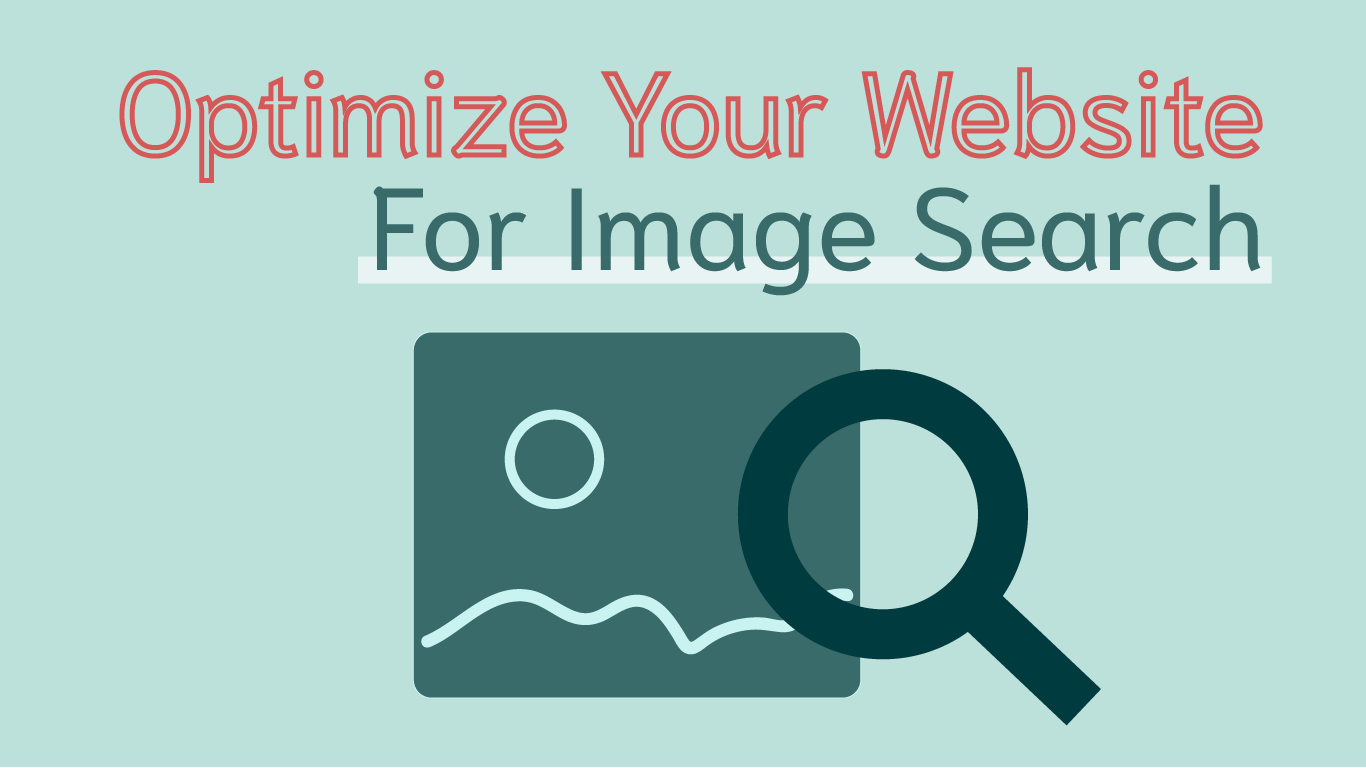Optimize your website for Image Search: How to ensure your site can be found through pictures
Optimizing your website for image search is easy! You’ll put on your “think like your customer” hat and go for it. This blog post will walk you through optimizing your site for image search.
Every website platform works similarly in terms of naming images, whether you are using WordPress or SquareSpace or Wix to create your site, naming of images and ALT tagging is almost the same.
Start by naming your images first
The first step is to name your image when you save it, before it gets to your website. So rather than uploading a file that says IMG_2727.jpeg, name it what your content is named. If it’s a pic of a banana in a bike basket at the beach, name it banana-bike-basket-beach.jpg. Name it what it is or what it meant to represent (aka, what your content is about.)
Add ALT tag and title tag when you upload the image to your website
Your second step is at your upload point. When you’re adding photos to your website through your site’s media uploader, you’ll want to name the ALT tag and the Title the title of the page you’re authoring (and the title should be about the content you’re including). If you have, say, a blog post called How to Ensure Your Site Can Be Found Through Image Search, then your image is named how-to-ensure-your-site-can-be-found-through-image-search if it’s an unrelated image. If it’s, say, a banana in a bike basket and you want to be FOUND online for bananas in bike baskets, name it banana-in-a-bike-basket.
Use the right image name!
The simple rule is, think like your customer! What is your customer searching for? If you design sewing patterns and you have a sewing pattern for a hoodie called the Saugatuck Hoodie, you should name your images starting with Saugatuck-hoodie-sewing-pattern.jpg. The hoodie sewing pattern part is likely what your customers are searching for. Saugatuck comes into play if you’re using Instagram as a discovery platform and people are searching hashtags like #saugatuckhoodie.
If you’re editing product pages and product images, you’ll definitely want to name your products with both the product name AND the product category, e.g. Saugatuck-hoodie-sewing-pattern. If you’re authoring content on a blog you might consider using how-to-sew-a-knit-hoodie-sewing-pattern for a more generic search term.
What naming convention should you use for your images and blog posts? Pro tools like SEM Rush and Moz offer keyword search tools that you can use. You can also use the Google adwords platform to search keywords and pick ones that have searches for them. You can even go into a browser, start typing your intended keyworded name and see what pops up in the predictive text!
Now, the next (and probably hardest) part is naming ALL your images. Yep, you might have to go through your entire site, rename your entire image catalog and update the ALT tags on every page. But don’t freak out, just take it a few pages or products at a time, every day. Soon, you’ll be caught up, and all new content should be named and alt-tagged at the time of creation of it.
Help Google serve up the best result to your customer
Whatever you want to be found for, use those words in your image names, titles and ALT tags. Google can’t see the images – it READS them – and it shows up the image search results to your customers (who use this a lot!).
If you’re new to this, you can use some nifty plugins to help you optimize your images and your content. I love Yoast SEO for WordPress – it has “red/orange/green” coding and a checklist for each piece of content to remind you to optimize your pages in the correct way. It’s practically foolproof. Renaming your images and re-uploading them is time consuming – you can rename the title and alt tags at least. Moving forward, name your images before uploading.
Image search is popular. You might be surprised at the traffic your website gets once you begin seeing images as crucial parts of your business content.




